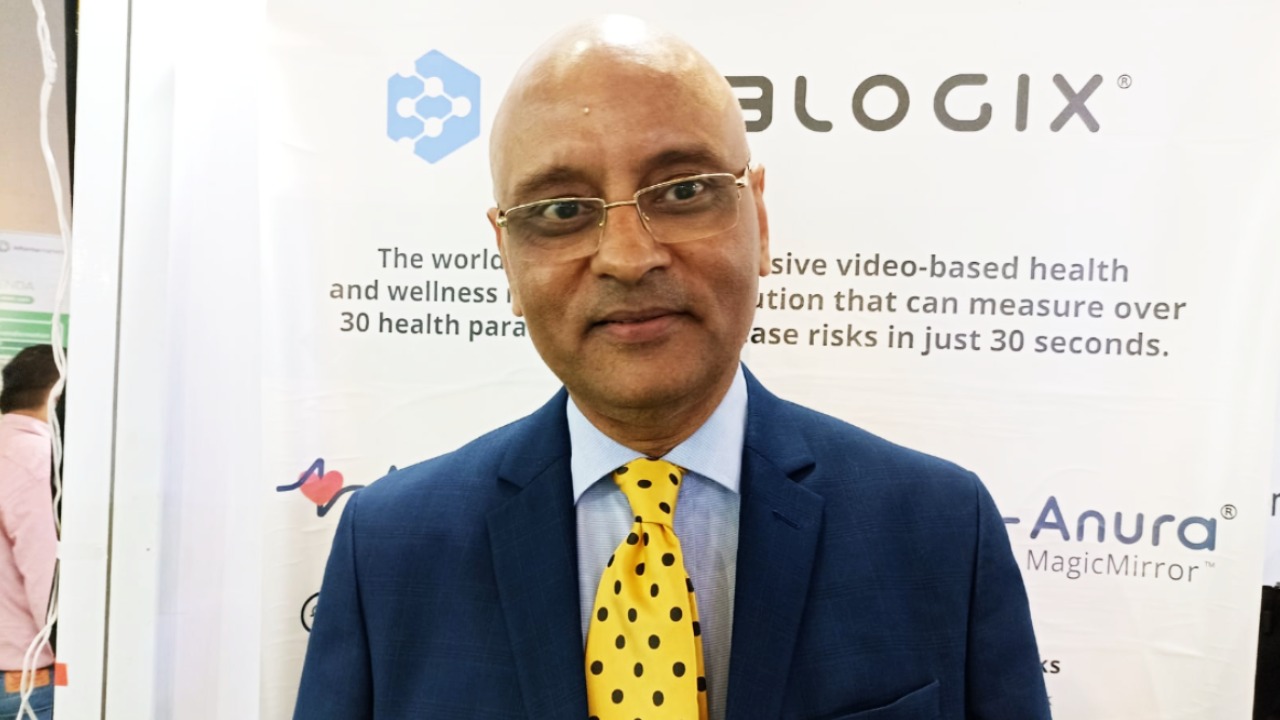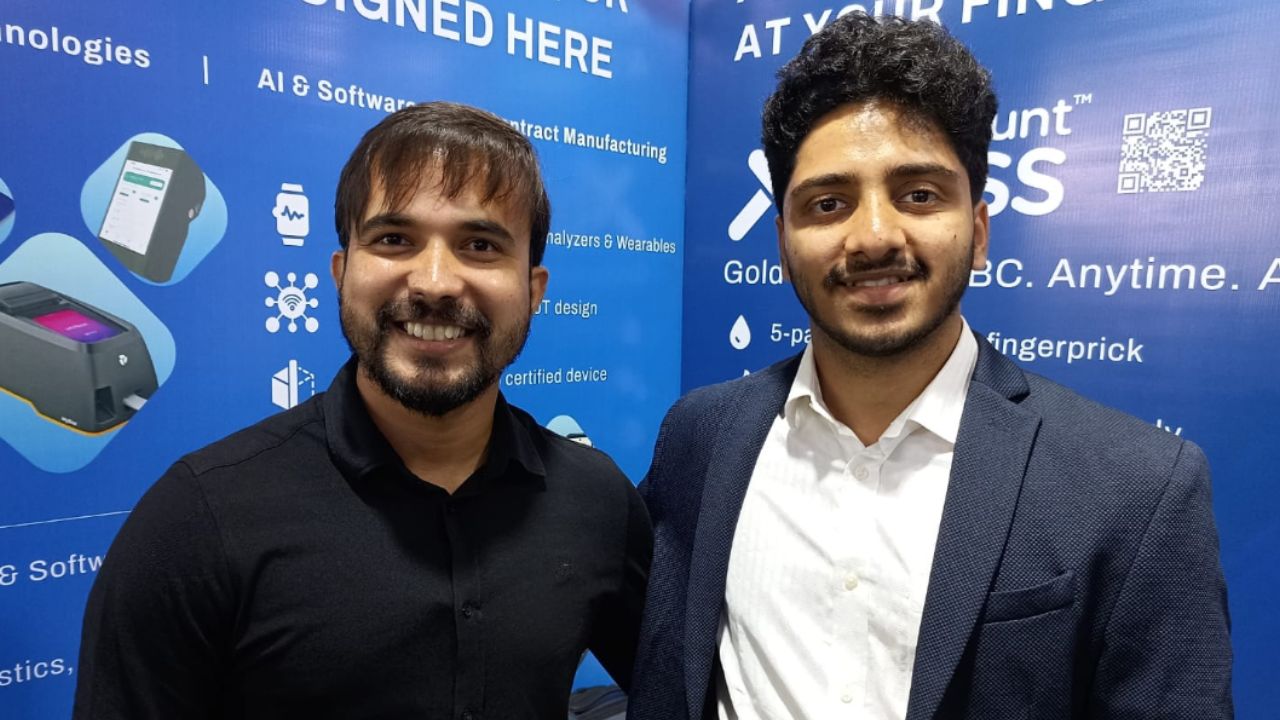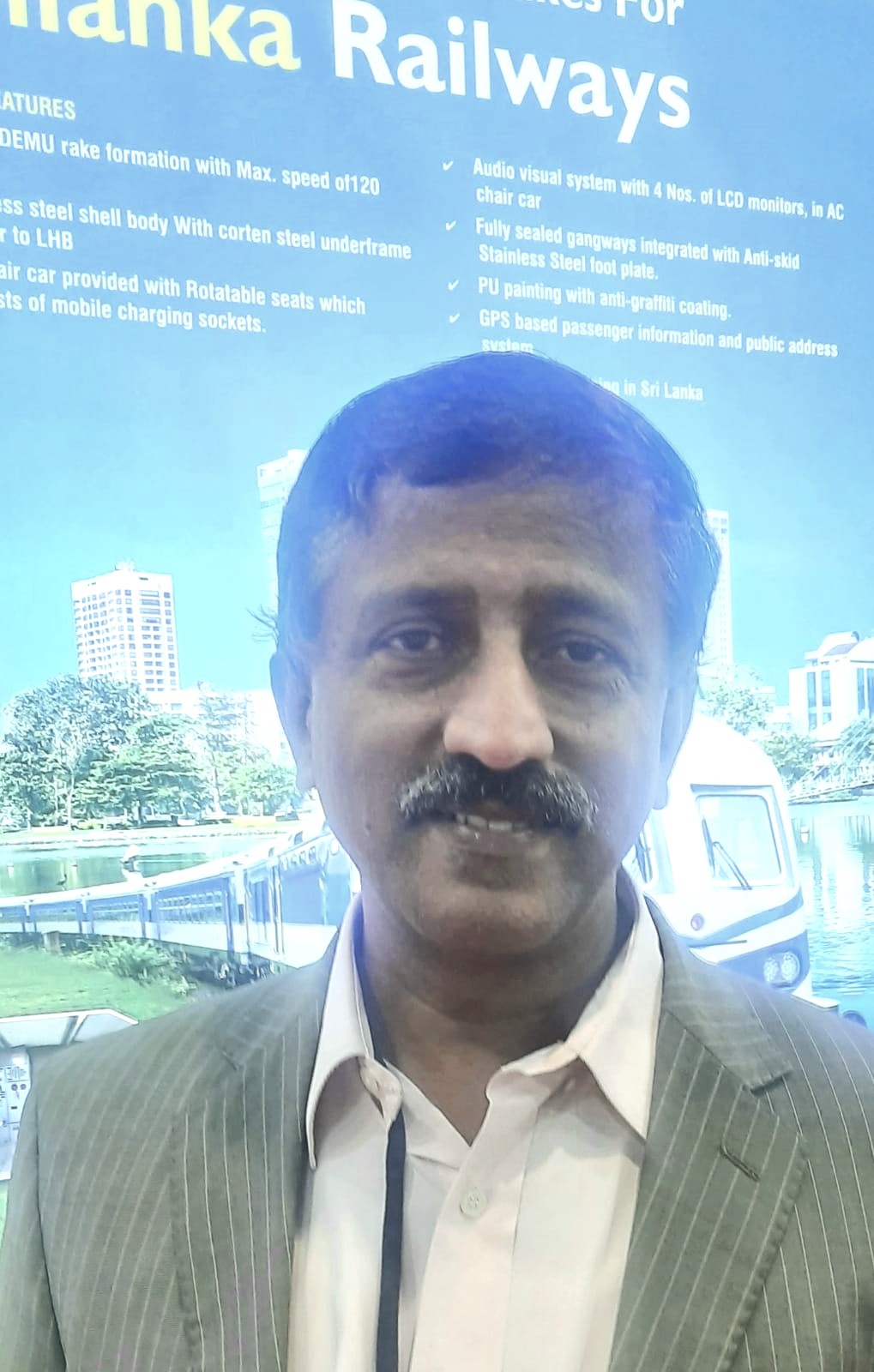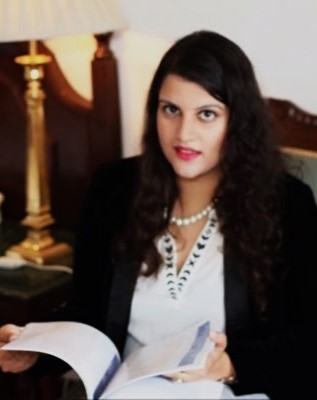The NMCG-TERI Centre of Excellence on Water Reuse (NTCoE) leads India’s water sustainability revolution. A pioneering collaboration between the National Mission for Clean Ganga (NMCG) and The Energy and Resources Institute (TERI), this groundbreaking Centre drives cutting-edge research, innovation, and capacity building in wastewater treatment and reuse. Since its launch on December 24, 2021, at TERI’s headquarters in New Delhi, NTCoE has fostered synergies among government agencies, industries, and academia to tackle India’s most pressing water challenges.
With a sharp focus on low-cost, high-efficiency wastewater treatment, NTCoE develops breakthrough solutions like TADOX (TERI Advanced Oxidation Technology), a state-of-the-art water treatment process designed to achieve zero liquid discharge (ZLD). The Centre aligns with India’s flagship initiatives, including Namami Gange, Swachh Bharat Urban 2.0, Smart City Mission, and ARTH Ganga, reinforcing its commitment to clean water, a circular economy, and environmental sustainability.
NTCoE actively engages researchers, industry leaders, and policymakers to accelerate innovations that ensure water security. By bridging technology gaps and scaling sustainable water solutions, it is redefining wastewater reuse in India, setting new benchmarks for environmental stewardship and resource efficiency.
At the 10th Edition of the India Industry Water Conclave and the 12th Edition of the FICCI Water Awards, The Interview World engaged in an exclusive conversation with Dr. Nupur Bahadur, Associate Director and Senior Fellow at NTCoE, TERI. She detailed the Centre’s groundbreaking initiatives in wastewater treatment and large-scale water body restoration. She also shed light on the core technologies NTCoE employs, the maximum TDS levels treatable through its solutions, and the strategic roadmap for cleaning the Yamuna. Additionally, she outlined key organizational initiatives and the projected timeline for the river’s rejuvenation.
Here are the key takeaways from her insightful discussion.
Q: What key initiatives is the NMCG-TERI Centre of Excellence implementing to advance wastewater treatment and facilitate the sustainable reuse of large water bodies across India?
A: We are tackling the critical challenge of removing color and organics from wastewater—key obstacles in effective treatment. Eliminating these contaminants even at the pre-biological stage enhances biological system performance, making them shock-resistant and significantly reducing the treatment load. With color and organics removed, biological processes operate more efficiently, and tertiary treatment requirements drop drastically.
The impact is substantial: a 50% reduction in operational expenditure (OPEX), a 40% cut in capital expenditure (CAPEX), and measurable progress toward sustainability goals. When integrated with renewable energy, OPEX savings increase by another 40%, accelerating the path to net-zero targets. This ensures water is not just treated but transformed into a sustainable resource.
Q: What core technologies are you leveraging for water treatment?
A: TERI’s advanced oxidation technology, TADOX, offers a cutting-edge, chemical-free solution for wastewater treatment. It utilizes specialized powdered materials that activate under UV light to generate hydroxyl radicals, highly reactive molecules that efficiently degrade pollutants. This process ensures thorough purification, making the treated water safe for reuse. By eliminating the need for harmful chemicals, TADOX provides a sustainable and eco-friendly alternative, reinforcing TERI’s commitment to environmental stewardship and innovative water treatment solutions.
Q: What is the maximum Total Dissolved Solids (TDS) level that this technology can effectively treat?
A: The only limitation of the system lies within the 12,000 to 15,000 COD range. Beyond this threshold, it seamlessly manages even lakh-level COD without complications. Additionally, it efficiently treats high-BOD streams when integrated post-biological treatment, ensuring enhanced wastewater purification and greater adaptability across diverse industrial and municipal applications.
Q: What key strategies are you proposing to the government for the cleanup and restoration of the Yamuna River?
A: We have presented an extensive 10-point strategic plan to Delhi’s new Chief Minister. Now, we eagerly await a response.
Q: What are the key initiatives outlined in your long-term strategy?
A: Our comprehensive plan builds on our ongoing projects for rejuvenating the Yamuna and Ganga rivers. It adopts a multi-faceted approach, addressing critical issues such as point-source pollution abatement and preventing sewage from flowing into drains. A key component is the implementation of decentralized treatment solutions tailored for dhobi ghats and unauthorized colonies, ensuring localized and efficient wastewater management.
Additionally, we propose introducing a star rating and compliance assessment system for Common Effluent Treatment Plants (CETPs) and Sewage Treatment Plants (STPs) to enhance accountability and performance. Currently, multiple agencies oversee different aspects—MCD manages drains, DJB supervises STPs, and DSIDC handles CETPs—leading to fragmented efforts. Establishing a centralized authority would streamline coordination, optimize resource allocation, and drive meaningful progress in river rejuvenation.
Q: Within what timeframe do you anticipate the successful implementation of these plans, particularly the rejuvenation of the Yamuna River?
A: The government has set a three-year timeline, confident in its feasibility. With an existing blueprint for Ganga cleaning, the Yamuna’s rejuvenation can be effectively achieved.









